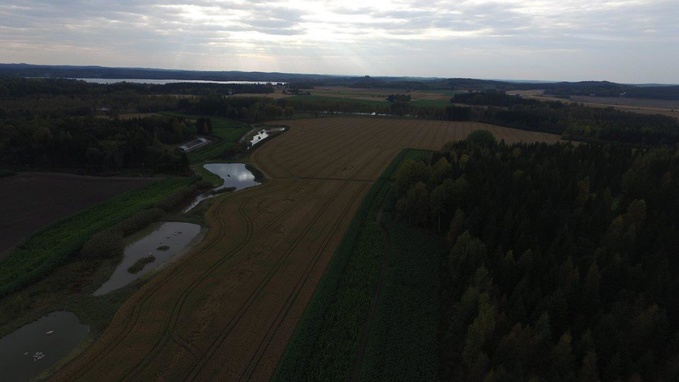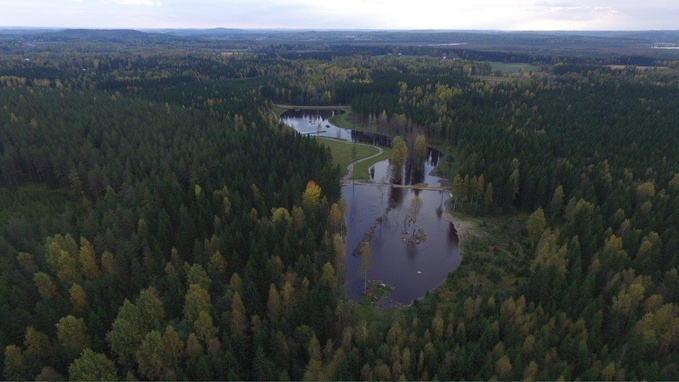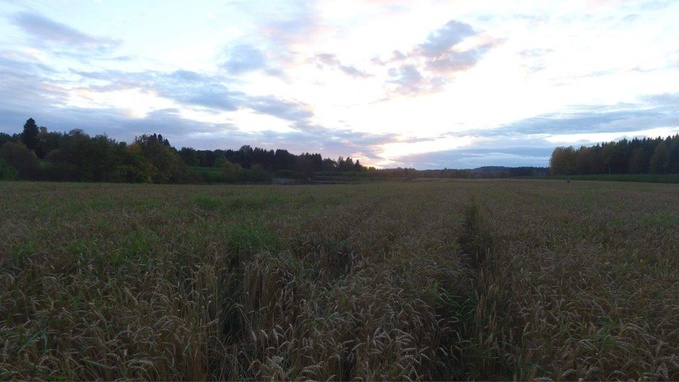Wanantaka estate
Wanantaka estate was established in 1582. In 1978, the manor was bought from family Standertskjöld by Casimir Ehrnrooth, and is nowadays is owned by Casimir’s sons Georg and Carl Gustav Ehrnrooth. Georg Ehrnrooth has been responsible for the estate and its functions for the last 20 years. The manor house was built in 1901.
Wanantaka is located in Janakkala in Southern Finland. It is active in agriculture, forestry and hunting. About 200 hectares of farmland is cultivated yearly and over 20 hectares are used for feeding game.
Stockfors Ab takes care of around 900 hectares of Wanantaka forests. At the moment most of the forests are mainly spruce, but since the goal is to uphold and increase diversity, the amount of deciduous trees will be increased. Hardwood has been and will continue to be planted as often as is possible. Forests are FSC and PEFC certified.
Long tradition in hunting
Hunting is a long tradition in Wanantaka. Pheasants have been bred for over 60 years, and the first commercial pheasant hunt was organized already in 1984. For the last 50 years hunts have been carried out together with the local hunting club. Its members hunt moose and deer on the Wanantaka grounds, and in return act as beaters on pheasant hunts. This arrangement has contributed to great relations with neighbors and locals.
Wanantaka has for many generations employed a gamekeeper. He has taken care of the estate's game and organized hunts. During the last few years, emphasis has been on developing the hunting events, and as a result in 2014, commercial duck hunts were launched. This was done by reconditioning old wetlands as well as by constructing new ones, and this work is still continuing with the help of Swedish Carl Pheiff, one of the most highly appreciated wetland designers.
During the hunting season, there are ca. 20 commercial pheasant and duck hunts mainly for Finnish corporate customers, the majority of which are returning ones.
Frontrunner in sustainable development
Wanantaka has greatly invested in sustainable development and is a frontrunner in diversity among Finnish farms. Game species and nature overall is taken into account in all actions. For example 100 000 spruces and tens of thousands shrubs have been planted. Wetlands and feeding fields for game have been created. In addition, deciduous trees are favored over coniferous trees, which not only increases diversity but also creates more suitable conditions for different game species. In 2014, a private nature reserve of over 100 hectares was founded, and in the same year, Wanantaka also applied for and was granted the Wildlife Estates recognition. Wanantaka is producing solar energy and using wood chips for heating all it's houses.
The long-term goal is to be the leading estate when it comes to diversity and sustainable development.













